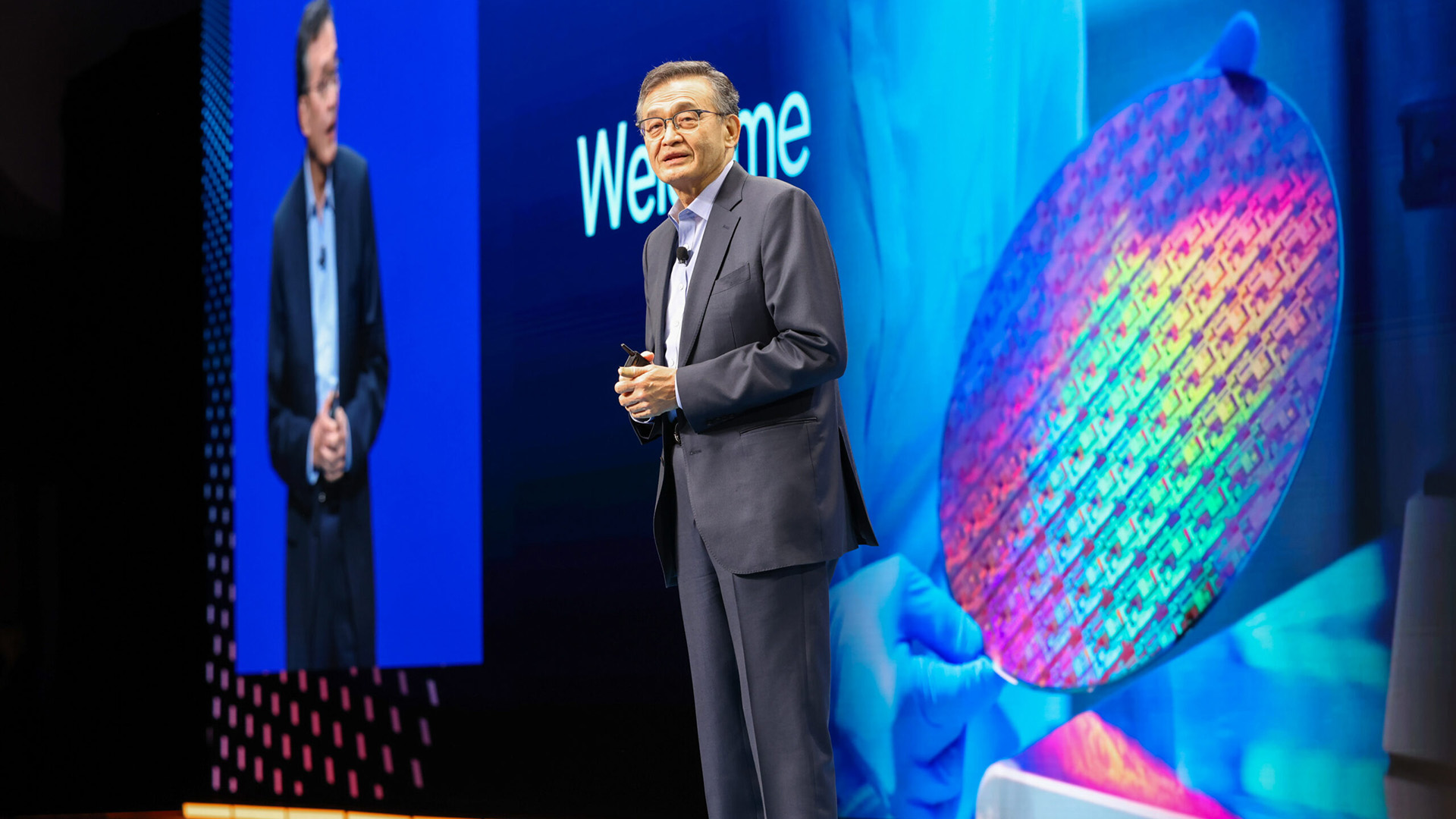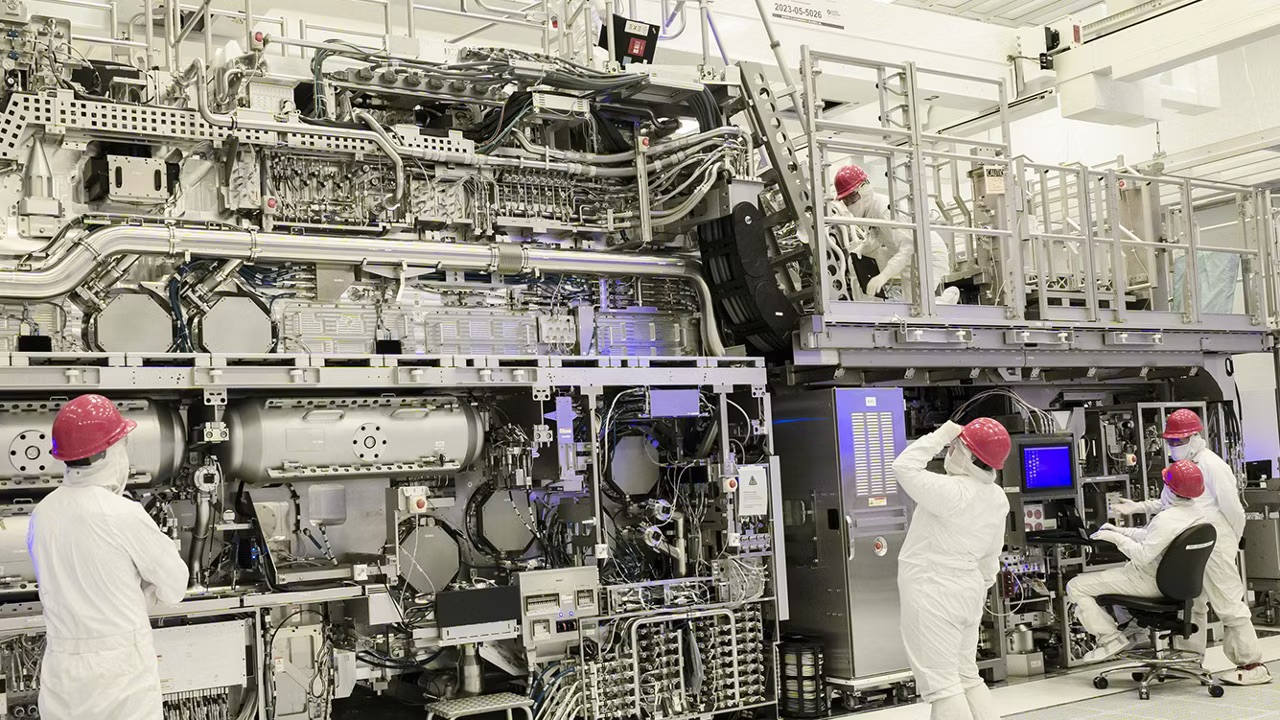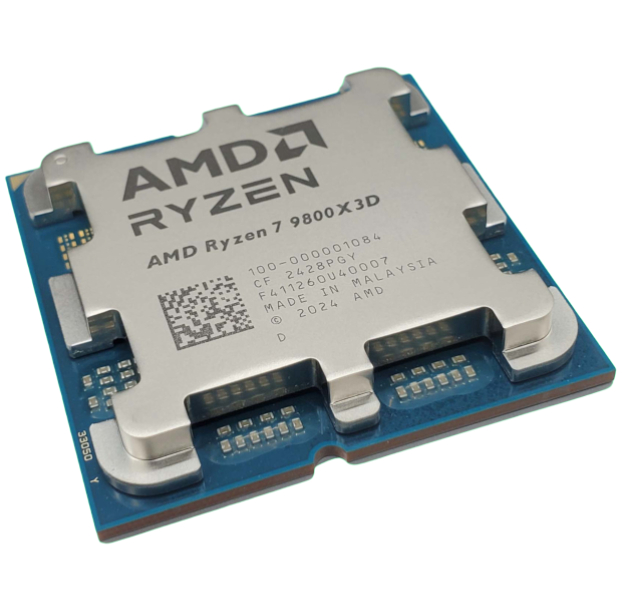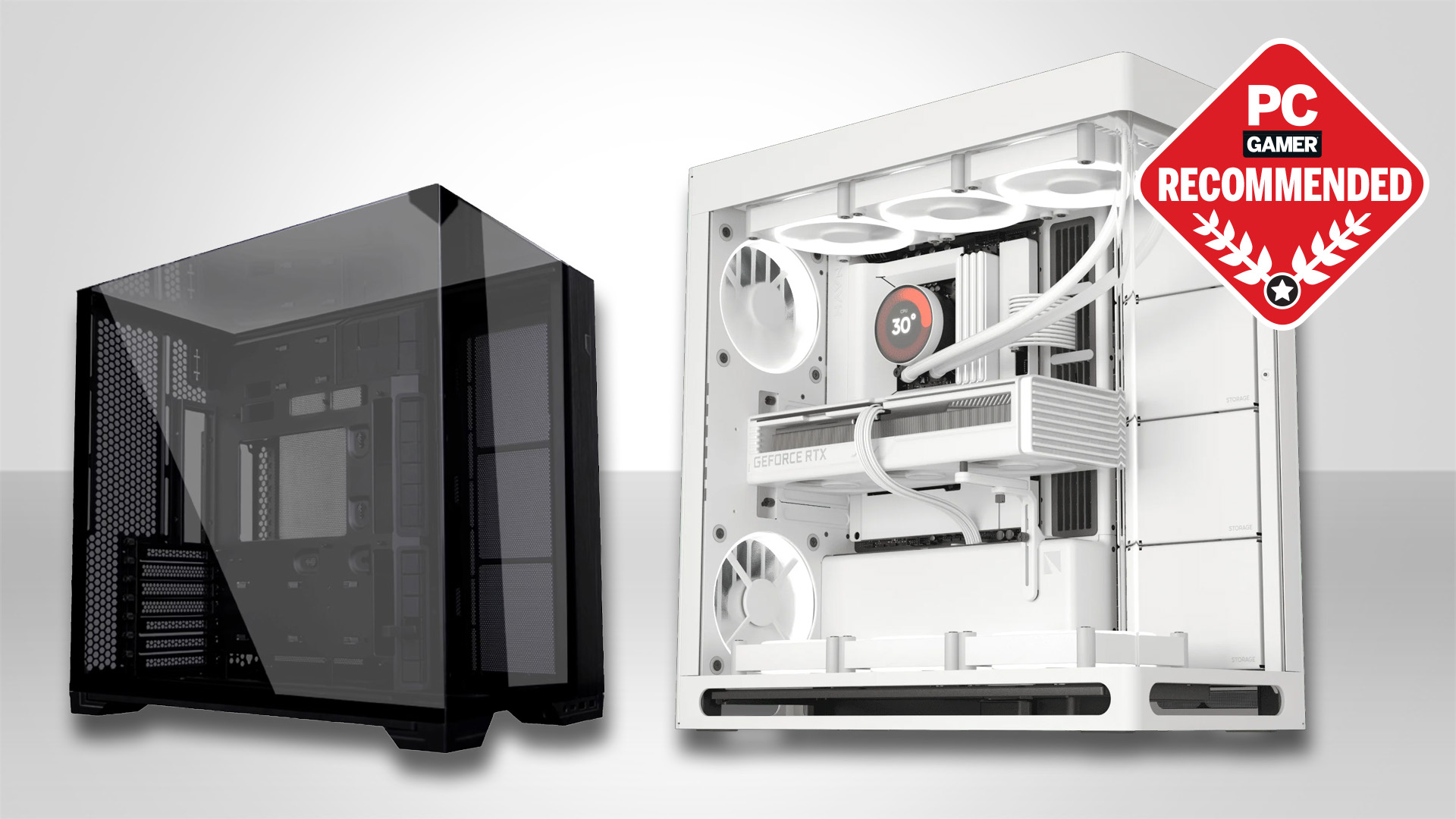Intel CEO set to meet with President Trump and probably discuss company's woes, domestic chip manufacturing, and that awkward moment Trump called for his resignation last week
That was one way to force Intel to the negotiating table...

Intel CEO Lip-Bu Tan is headed to the White House later today, August 11, to talk shop with President Trump. Only days ago, Trump called for Tan's immediate resignation on his social media platform, Truth Social. Talk about awkward meet-ups.
According to the Wall Street Journal, speaking to people familiar with the matter, the two are expected to discuss Tan's personal and professional background and the ways in which Intel and the US government could work together in future.
Last week, Trump put out a post on Truth Social stating, "The CEO of INTEL is highly CONFLICTED and must resign, immediately."
Tan and the Intel board released a statement in response. It read: "Intel, the Board of Directors, and Lip-Bu Tan are deeply committed to advancing U.S. national and economic security interests and are making significant investments aligned with the President's America First agenda."
Tan goes on to note further investment is coming to its facilities in the US, though this does ignore something Tan said quite recently: a plan that could be set in motion to save costs at the ailing firm.
Tan said in a 10-Q filing to the SEC that Intel may halt development of 14A, its next-generation process node, if it does not find a "significant external customer" in the near-future. This would save money, but in the process would put domestic semiconductor manufacturing at risk in the US, as firms outside the US would hold all the cards, such as TSMC and Samsung.
"I do not subscribe to the belief that if you build it, they will come," Tan said in the company's Q2 earnings call.
Keep up to date with the most important stories and the best deals, as picked by the PC Gamer team.
This dilemma led to four of Intel's former board members recently penning an open letter in Forbes. In which, they note that Intel's gradual exit from chip manufacturing may appear the right call for the company, but it is not the right call for the United States.
The ex-board members recommended that the Trump administration join together a public-private venture—including key companies like Nvidia, Qualcomm, and Apple—to buy Intel's fabs and run them for all its companies as a joint-venture. It sounds a wild idea, but it would be one way for all involved to circumvent Trump's threat of 100% tariffs on semiconductors, which has breaks for any company that's building within the United States. Though chipmaking is a long play and any plans would need to outlast the current Trump administration's term.
Another idea spun out of Intel's struggles is that TSMC, the world's most successful chip manufacturer based in Taiwan, would take control of Intel's fabs for a stake in the business, potentially with other companies backing the venture.
So far, Intel has no immediate answer to its troubles. It has no major customer waiting in the wings to sign up for 18A and it's already using TSMC to manufacture some of its own chips today. The company is working on bringing its 18A process node up to operation with Panther Lake, its next-gen mobile chips, the first chips to head off the lines. This is the node that previous Intel CEO, Pat Gelsinger, bet the whole company on. Though whether the node is working as intended, or not, remains up in the air.

So, drastic action is required, and I wonder if there isn't some wishful thinking on Tan's behalf that Trump could drive some customers his way. Though Trump has been playing hard ball with other chip firms, including Nvidia and AMD, initially blocking them from China, and then allowing them back into the lucrative market so long as they agree to pay the US government 15% of their sales. It's tough to see Intel getting a cushy deal.
Though there's sure to be some discussion of Tan's own background at the meeting with Trump, especially after the comments the president made were directed at Tan's own position, not Intel as a whole.
Tan has a background in venture capital, which is why he was chosen to run the large chipmaking giant currently haemorrhaging money—the last three months saw the company lose a net of $2.9 billion. For a board worried about costs, you can see why someone that cuts them by any means necessary to be a good choice. Less so if you're one of the 15% of the Intel's workforce being put out of a job as a result.
Tan previously held the position of CEO of Cadence Design Systems. A fairly large company you might not have heard of, Cadence creates tools for designing semiconductors and it's used by some of the world's largest foundries and chip design firms. Just last month, Cadence plead guilty in a case run by the US Department of Justice to selling semiconductor design tools to a People's Republic of China military university. It agreed to pay $118 million to resolve the criminal charges, and another $95 million in a parallel civil case with the US Department of Commerce.
Lots to talk about, then. Oh, to be a fly on the wall for that conversation.

1. Best overall:
AMD Ryzen 7 9800X3D
2. Best budget:
Intel Core i5 13400F
3. Best mid-range:
AMD Ryzen 7 9700X
4. Best high-end:
AMD Ryzen 9 9950X3D
5. Best AM4 upgrade:
AMD Ryzen 7 5700X3D
6. Best CPU graphics:
AMD Ryzen 7 8700G

Jacob earned his first byline writing for his own tech blog, before graduating into breaking things professionally at PCGamesN. Now he's managing editor of the hardware team at PC Gamer, and you'll usually find him testing the latest components or building a gaming PC.
You must confirm your public display name before commenting
Please logout and then login again, you will then be prompted to enter your display name.

